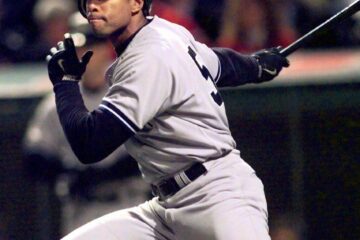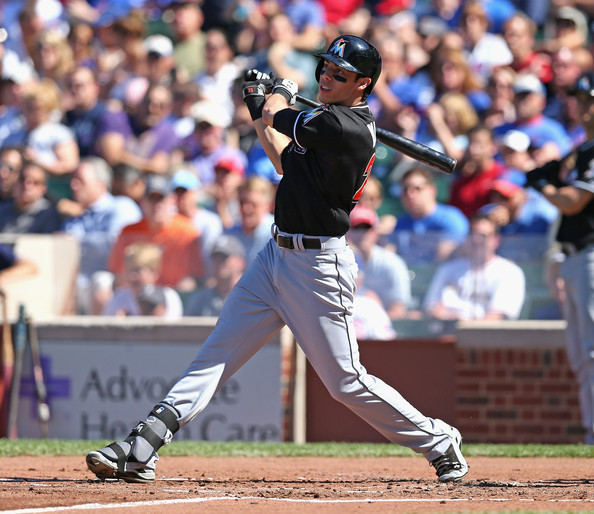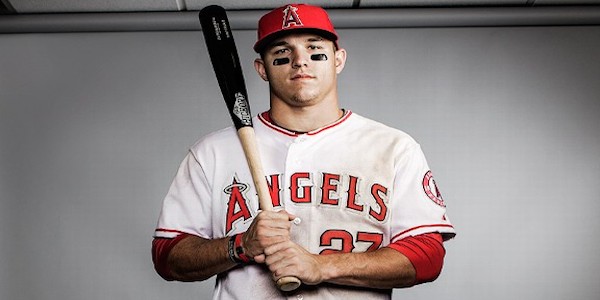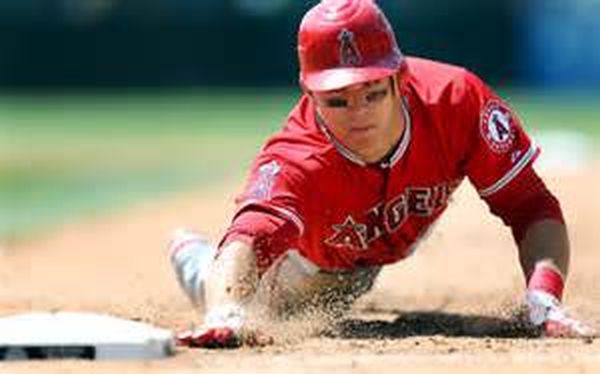2015 Fantasy Baseball: Center Field VORP Revisited
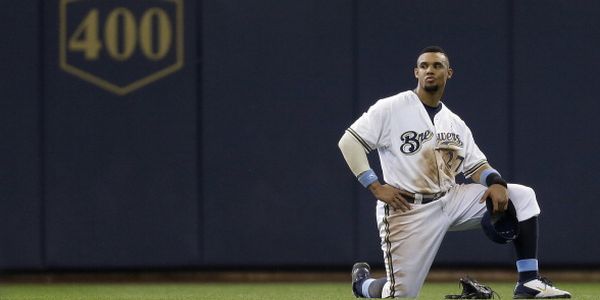
We come to the end of our VORP soon (RF will be the last edition) with a slight variation of our organizational structure. Many of you have had your fantasy drafts already, but for those that haven’t it isn’t enough to simply rank the players at a position and call it a day. Each draft is organic to itself and you have to be as prepared as you can for any possibility. There are always runs on certain positions and you have to know whether it pays to go down that rabbit hole.
When that run of outfielders comes, you have to know whether you are getting bang for your buck by getting involved in that run. Sometimes, it pays to go in another direction and pick up a key player at another position when that run comes. So, we will be breaking the center fielders into tiers. Included in this list is everyone penciled in to be the center fielder for their team next week.
Tier One
| 2014 | 2013 | 2012 | AVG | ADJ | |
| Mike Trout | 83.6 | 93.7 | 79.0 | 85.4 | 86.2 |
| Andrew McCutchen | 72.1 | 65.3 | 70.2 | 69.2 | 69.5 |
| Adam Jones | 44.4 | 45.6 | 44.9 | 45.0 | 44.9 |
| Carlos Gomez | 44.4 | 41.5 | 20.1 | 35.3 | 39.4 |
The biggest mistake that can be made on draft day is to follow a positional ranking lists religiously. The drop off between the fourth and fifth best center fielder is precipitous. Once these four guys leave the board then it probably makes sense to table center field for the time being. In the statistical world, there is what we would call ordinal data and what we would call interval data. The two terms mean what they look like they mean. Ordinal data is simply ranking things in order. Interval involves looking at the distance between two points.
Whether you put Jones or Gomez third depends greatly on what type of league you play in. Jones swings at just about anything, so even though he has a healthy batting average, his OBPs over the years have hovered around .320. Gomez may not make anyone forget Wade Boggs, but he does draw more walks and therefore carries more value in six category leagues.
Tier Two
| 2014 | 2013 | 2012 | AVG | ADJ | |
| Denard Span | 43.8 | 15.6 | 15.5 | 25.0 | 29.7 |
| Marcell Ozuna | 36.8 | 9.6 | —- | 23.2 | 25.5 |
| Coco Crisp | 21.1 | 34.1 | 21.0 | 25.4 | 25.4 |
| Desmond Jennings | 14.5 | 37.9 | 22.4 | 24.9 | 23.6 |
| Dexter Fowler | 25.0 | 17.7 | 25.5 | 22.7 | 22.7 |
| Jacoby Ellsbury | 21.0 | 33.5 | 5.2 | 19.9 | 22.5 |
| Austin Jackson | 6.8 | 31.7 | 46.1 | 28.2 | 21.7 |
| Leonys Martin | 28.9 | 19.3 | -2.6 | 15.2 | 20.5 |
| Angel Pagan | 17.0 | 15.7 | 38.7 | 23.8 | 20.2 |
These are the players which you could plug into your starting lineup and feel fairly confident that you can get decent production. Mind you, the order you see above is not likely the order you will see go on draft day. Ellsbury is likely to be the fifth or sixth center fielder off the board. Still, this is just where the fun begins. Some fantasy players don’t necessarily do their homework or the pick a guy from the next group instead. You can get yourself two starting center field types if you play your cards right.
In one of my recent drafts, I was able to add Austin Jackson late in the draft because he had been overlooked. That likely was because of his 2014 performance. It certainly doesn’t make sense to put all of your cards in Jackson coming back to 2013 and 2012 form, but as a flyer it makes a lot of sense. The same is true for a guy like Angel Pagan and Desmond Jennings. On the flip side, in spite of his high ranking, I wouldn’t be the farm on Denard Span doing that again.
Taking a Flyer
| 2014 | 2013 | 2012 | AVG | ADJ | |
| Rusney Castillo | 4.7 | —- | —- | 4.7 | 4.7 |
| Charlie Blackmon | 10.8 | 14.1 | 2.3 | 9.1 | 10.5 |
| Anthony Gose | 1.4 | 0.6 | 0.0 | 0.7 | 0.9 |
| Joc Pederson | -0.3 | —- | —- | -0.3 | -0.3 |
| Dalton Pompey | 1.8 | —- | —- | 1.8 | 1.8 |
Winning at fantasy sports is a lot about managing risk. If you play it safe throughout the whole draft you pretty much guarantee yourself to finish in the middle of the pack. Taking a few risks can lead you to the bottom of the standings, but it is also one of few ways to get yourself that title. All of these guys have done little to guarantee anything, but they all have promise and could come up big this season.
Imagine if you had been the guy to spend a late round pick on Devin Mesoraco last season? Imagine if you were the guy to pick up Jacob deGrom along the way? One of these guys could be that guy. Right now, Blackmon is the closest thing to a sure thing among the group, but he also might have the lowest ceiling. Pederson, Castillo, and Gose have the highest ceilings, but they also have others on the roster that could possibly supplant them if they struggle. Playing for a contender happens to cut both ways in that sense.
Tier Three
| 2014 | 2013 | 2012 | AVG | ADJ | |
| Jon Jay | 17.0 | 20.2 | 24.5 | 20.6 | 19.3 |
| Juan Lagares | 24.6 | 10.0 | —- | 17.3 | 18.5 |
| Colby Rasmus | 11.3 | 30.3 | 9.7 | 17.1 | 17.4 |
| Michael Bourn | 9.4 | 17.2 | 40.7 | 22.4 | 17.2 |
| A.J. Pollock | 19.7 | 15.8 | 1.0 | 12.2 | 15.3 |
| Ben Revere | 21.2 | 7.2 | 11.8 | 13.4 | 15.0 |
| Adam Eaton | 24.5 | 2.3 | 8.3 | 11.7 | 14.4 |
Again, we have a pidge podge of guys from different parts of life. Like with the other tiers, the order is not necessarily sacred. I might be inclined to put Eaton on top of this list given that his future is probably brighter than the others, but you are talking about fantasy bench players nonetheless. These are nice guys to have around because they can keep you afloat in times of crisis.
In some leagues, one or more of these guys will pass through and be available via waivers. I usually want two players eligible per position on my roster. Yes, the waiver wire is always there, but in leagues with 12 or more teams, those waiver wires can start to get really thin. In leagues where you have generic outfielders you might have more luck at the corner outfield slots, but all of these guys are decent enough.


